- Home
- Features
- Movies/Media
- Collectibles
- Comics/Books
-
Databases
-
Figure Database
>
-
X-Plus Toho/Daiei/Other
>
- X-Plus 30 cm Godzilla/Toho Part One
- X-Plus 30 cm Godzilla/Toho Part Two
- X-Plus Large Monster Series Godzilla/Toho Part One
- X-Plus Large Monster Series Godzilla/Toho Part Two
- X-Plus Godzilla/Toho Pre-2007
- X-Plus Godzilla/Toho Gigantic Series
- X-Plus Daiei/Pacific Rim/Other
- X-Plus Daiei/Other Pre-2009
- X-Plus Toho/Daiei DefoReal/More Part One
- X-Plus Toho/Daiei DefoReal/More Part Two
- X-Plus Godzilla/Toho Other Figure Lines
- X-Plus Classic Creatures & More
- Star Ace/X-Plus Classic Creatures & More
-
X-Plus Ultraman
>
- X-Plus Ultraman Pre-2012 Part One
- X-Plus Ultraman Pre-2012 Part Two
- X-Plus Ultraman 2012 - 2013
- X-Plus Ultraman 2014 - 2015
- X-Plus Ultraman 2016 - 2017
- X-Plus Ultraman 2018 - 2019
- X-Plus Ultraman 2020 - 2021
- X-Plus Ultraman 2022 - 2023
- X-Plus Ultraman Gigantics/DefoReals
- X-Plus Ultraman RMC
- X-Plus Ultraman RMC Plus
- X-Plus Ultraman Other Figure Lines
- X-Plus Tokusatsu
- Bandai/Tamashii >
- Banpresto
- NECA >
- Medicom Toys >
- Kaiyodo/Revoltech
- Diamond Select Toys
- Funko/Jakks/Others
- Playmates Toys
- Art Spirits
- Mezco Toyz
-
X-Plus Toho/Daiei/Other
>
- Movie Database >
- Comic/Book Database >
-
Figure Database
>
- Marketplace
- Kaiju Addicts
|
Gorgo is a 1961 British-American science fiction monster film directed by Eugène Lourié. The film focuses on Gorgo, an ancient large sea monster brought back to London for exploitation, and Ogra, his even larger mother, who rampages across London to search for him. The film was featured in an episode of the cult movie-mocking television show Mystery Science Theater 3000.
The scientists examine Gorgo, and conclude that he is not yet an adult, and that his mother must be at least 200 feet tall. On that note of foreboding, we cut to Nara Island as Ogra, the mother of Gorgo, attacks. Ogra trashes the island, sinks a Royal Navy vessel, and resists attack from other warships. Later, Ogra comes ashore in London, still looking for her son, and goes on a rampage, despite being bombarded by tanks and infantry. Jets attack Ogra, but with no effect. Having demolished much of London, Ogra rescues Gorgo, and both mother and son return to the sea. Cast
Production The film was originally intended to be set in Japan as an homage to Godzilla; the setting was then changed to France, and then finally changed to the British Isles. According to Bill Warren's film book Keep Watching the Skies, southern Australia was also considered for a locale, but the producers supposedly decided that audiences "wouldn't care" if a monster attacked Australia; its alleged lack of worldwide recognisable landmarks for Gorgo to destroy was also cited as a consideration. The location where Gorgo first appears, the fictional Nara Island, is probably a tribute to the Godzilla series; Nara being a historical period of Japan: alternatively, it may be an anagram for the Aran Islands, off Ireland's west coast. The exterior scenes set in Ireland were filmed at Bulloch Harbour and Coliemore Harbour, both near the County Dublin town of Dalkey. Other scenes were filmed at the MGM-British Studios in Borehamwood, Hertfordshire. Scenes where Gorgo is driven through the streets of London were shot on a Sunday morning when there was no traffic. The film studio wanted Gorgo to fight the military despite director Eugène Lourié's objections. Later, Lourié acquired a print of the film and removed the footage. Gorgo's special effects were achieved by suitmation and miniaturisation, a technique pioneered in the Godzilla films. The younger Gorgo was smaller than usual giant monsters so the sets around him were built to a larger scale leading to a greater sense of realism and believability. The creatures were also shot with then-pricey slow-motion cameras to create a sense of scale. The effects were complex and are well respected by special effects artists and fans. The film is also sometimes praised for its innovative ending, which seems to have an environmentalist moral. Unusually for such films, the monsters, which are presented as innocent victims of human interference, survive and prevail. Novel and comic A novelisation of the film was released in paperback at the time of its original release (Gorgo by Carson Bingham, Monarch, 1960). From 1961 to 1965 Charlton Comics published 23 issues of the comic book Gorgo. It included work by Spider-Man co-creator Steve Ditko. The series was renamed Fantastic Giants with issue #24,which turned out to be the last issue of the series. Gorgo also appeared in a three-issue mini-series that started off as Gorgo's Revenge, before it was renamed The Return of Gorgo with issue #2. The series ran from 1962–1964. In 1990, Steve Ditko illustrated a back-up story in Web of Spider-Man Annual #6 titled "Child Star". In this story Captain Universe creates huge versions of toys based on Gorgo and Konga to battle giant monsters that are attacking the neighbourhood. For copyright reasons Gorgo's name was altered to "Gorga". In 1991, A-Plus Comics reprinted issues #1 and #3 in the one-shot comic Attack of the Mutant Monsters. Due to copyright issues Gorgo's name was changed to Kegor. Some of these issues were reprinted (in black and white) in a trade paperback in 2011 called Angry Apes n' Leapin Lizards. In March 2013, IDW Publishing reprinted all the issues that artist Steve Ditko worked on (Gorgo #1–3, #11 and #13–16 and The Return of Gorgo #2–3) as a deluxe hardcover collection called Steve Ditko's Monsters: Gorgo. Home media Blu-ray A America - VCI Also includes "Ninth Wonder Of The World: The Making Of Gorgo" a new documentary by Daniel Griffith. Shout! Factory's (Collectable Tin) of Mystery Science Theater 3000 25th Anniversary Edition contains the film as well as "Ninth Wonder Of The World: The Making Of Gorgo" Longer Version. Popular culture In 1998 the film was featured on the television series Mystery Science Theater 3000, but the rights quickly expired and the episode only had two airings, both on the same day. Gorgo was used by rock band Ash for the promo video for Ichiban on YouTube. It was the seventh release of their A to Z singles series, a year-long twenty six single subscription. Using a copy of the DVD and free movie editing software allegedly the video only cost eight dollars to produce. In 2010, a short comedy film, Waiting for Gorgo, was produced by Cinemagine. The film was directed by Benjamin Craig and written by M. J. Simpson. The plot focusses on the D.M.O.A, fictitious British government agency charged with preventing the return of the monster, Gorgo. Former Maine governor Angus King used a clip from Gorgo in an advertisement for his 2012 run for the United States Senate. In the Disney remake Flubber, Flubber was seen flicking through television channels when it had separated into several versions of itself. Scenes of Gorgo's mother rampaging through London could be seen flashing on the screen as Flubber is switching channels. Trivia
The ending was inspired by Eugène Lourié's daughter who cried at the end of the The Giant Behemoth (1959) when the monster was killed. When this happened, he decided to let both monsters live. Scenes in which the baby Gorgo is driven through London were shot on a Sunday morning, which meant hardly anyone was in the streets. This was then explained away by a "TV announcer" who said that people were told to stay indoors. The concept for the British poster art and lobby cards was that the face of Gorgo was not revealed. The idea is based on the line of dialogue in the film from Martin Benson, that Gorgo's name is derived from the Gorgon sisters of Greek mythology. The sight of their faces would turn you to stone. Gene Simmons of KISS, a lifelong fan of monster movies, based the now-iconic design of his performing boots on Gorgo's head. The original script had no military action indicated. Director Eugène Lourié argued that gunfire would kill a beast, no matter how big. The King Brothers wanted guns and they got them. Although this was a British production, it had its world premiere in Japan in January 1961, nine months before it premiered in Britian.
0 Comments
|
Release Dates
November 2023
|
|
© 2011-2024 Kaiju Battle. All Rights Reserved.
|
Visit Our Social Media Sites
|
Proudly powered by Weebly
|
- Home
- Features
- Movies/Media
- Collectibles
- Comics/Books
-
Databases
-
Figure Database
>
-
X-Plus Toho/Daiei/Other
>
- X-Plus 30 cm Godzilla/Toho Part One
- X-Plus 30 cm Godzilla/Toho Part Two
- X-Plus Large Monster Series Godzilla/Toho Part One
- X-Plus Large Monster Series Godzilla/Toho Part Two
- X-Plus Godzilla/Toho Pre-2007
- X-Plus Godzilla/Toho Gigantic Series
- X-Plus Daiei/Pacific Rim/Other
- X-Plus Daiei/Other Pre-2009
- X-Plus Toho/Daiei DefoReal/More Part One
- X-Plus Toho/Daiei DefoReal/More Part Two
- X-Plus Godzilla/Toho Other Figure Lines
- X-Plus Classic Creatures & More
- Star Ace/X-Plus Classic Creatures & More
-
X-Plus Ultraman
>
- X-Plus Ultraman Pre-2012 Part One
- X-Plus Ultraman Pre-2012 Part Two
- X-Plus Ultraman 2012 - 2013
- X-Plus Ultraman 2014 - 2015
- X-Plus Ultraman 2016 - 2017
- X-Plus Ultraman 2018 - 2019
- X-Plus Ultraman 2020 - 2021
- X-Plus Ultraman 2022 - 2023
- X-Plus Ultraman Gigantics/DefoReals
- X-Plus Ultraman RMC
- X-Plus Ultraman RMC Plus
- X-Plus Ultraman Other Figure Lines
- X-Plus Tokusatsu
- Bandai/Tamashii >
- Banpresto
- NECA >
- Medicom Toys >
- Kaiyodo/Revoltech
- Diamond Select Toys
- Funko/Jakks/Others
- Playmates Toys
- Art Spirits
- Mezco Toyz
-
X-Plus Toho/Daiei/Other
>
- Movie Database >
- Comic/Book Database >
-
Figure Database
>
- Marketplace
- Kaiju Addicts

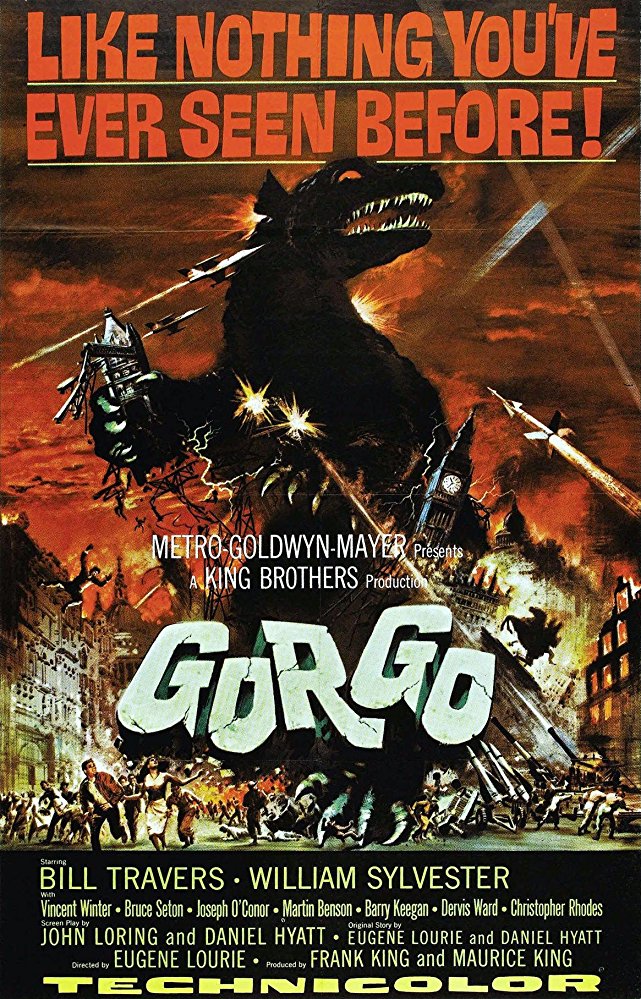
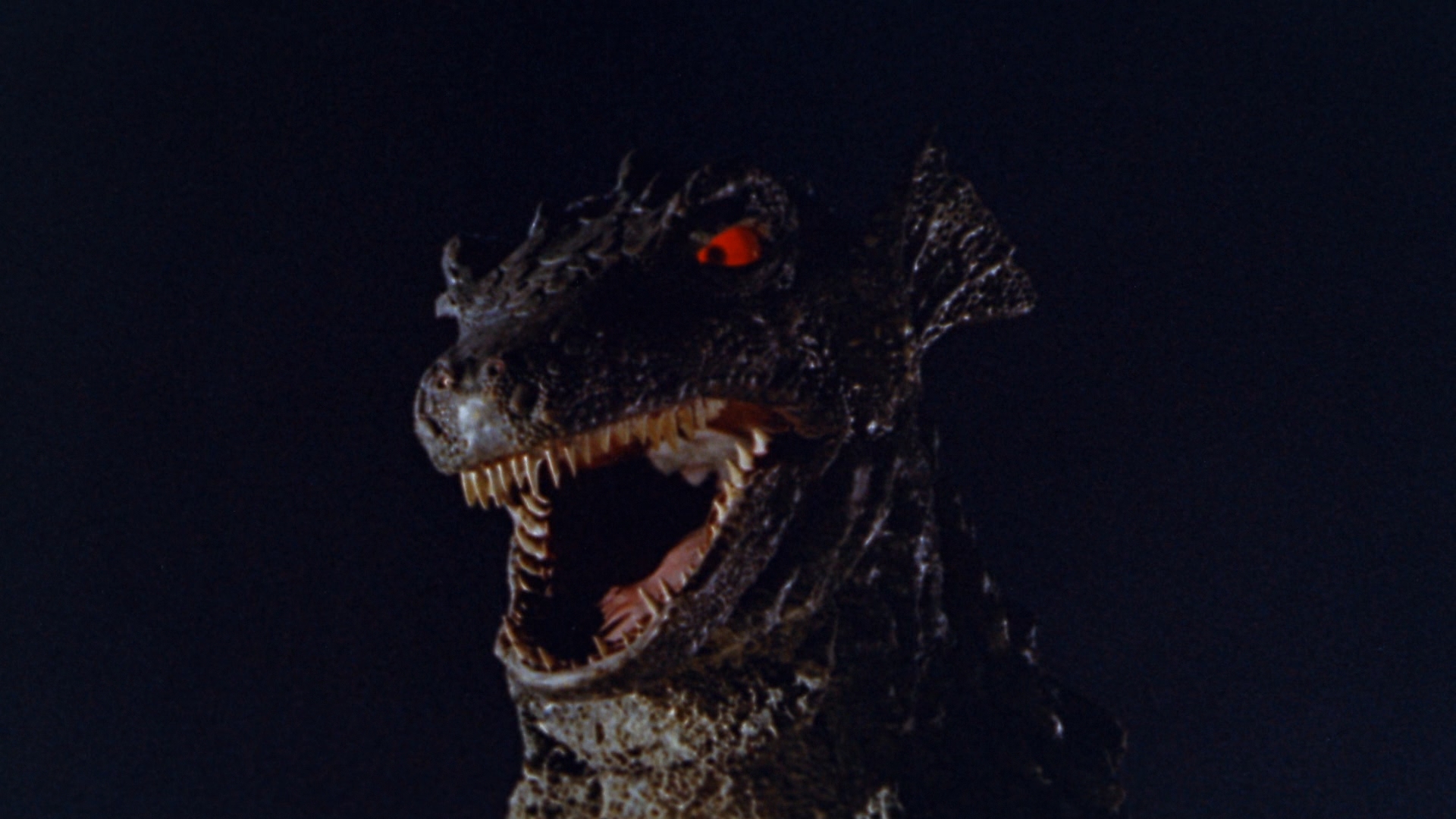
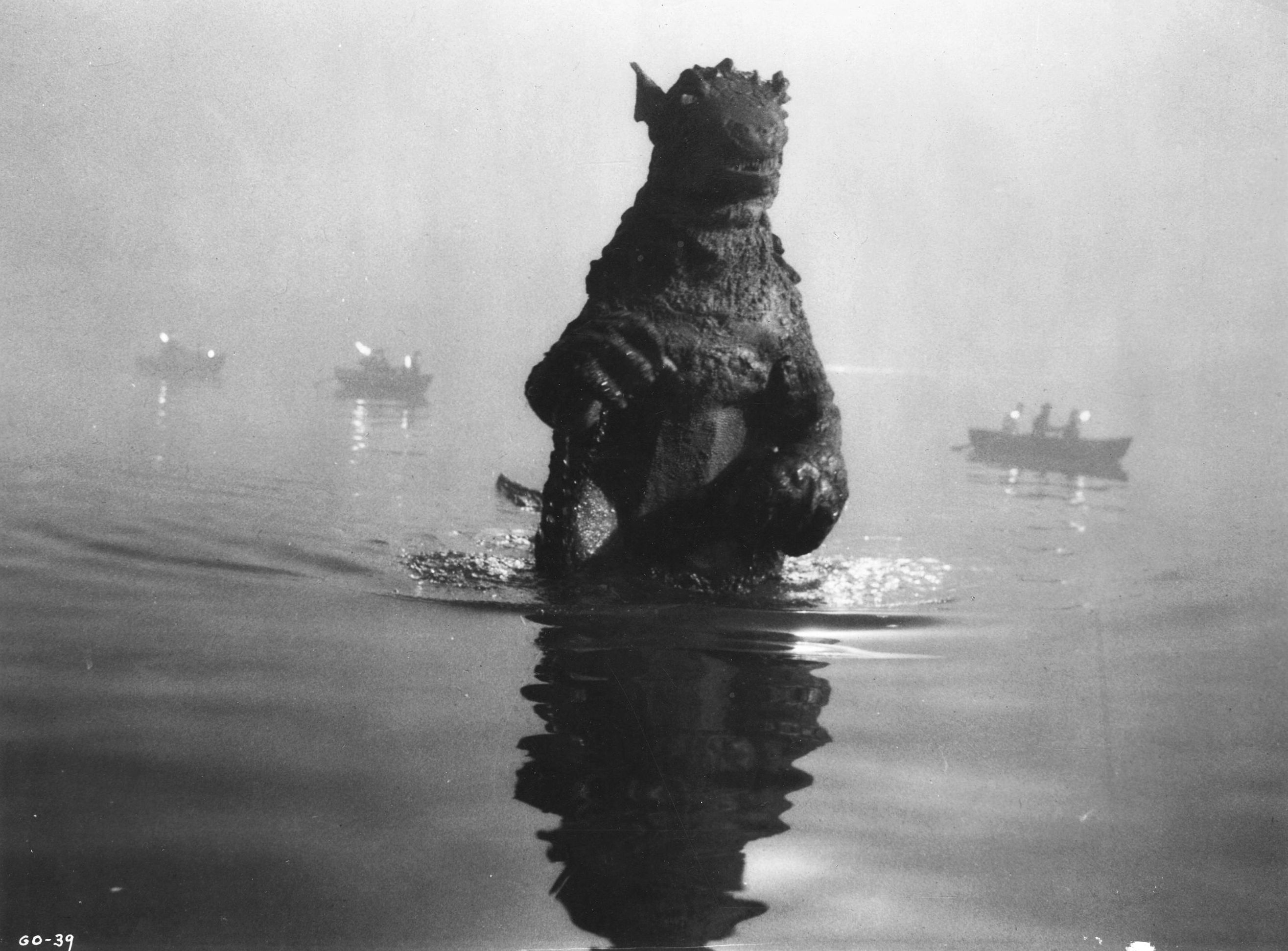




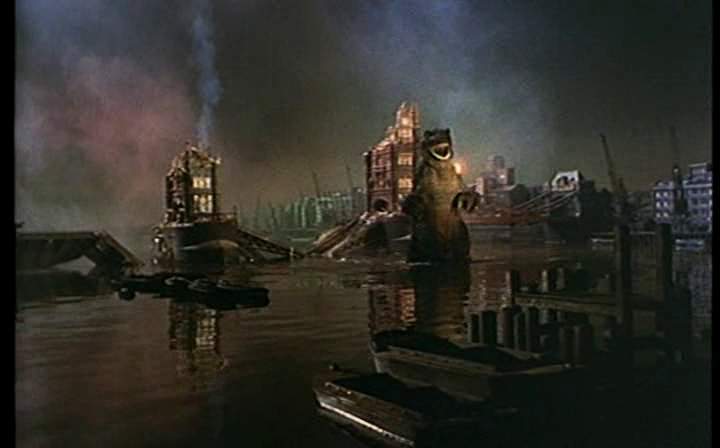

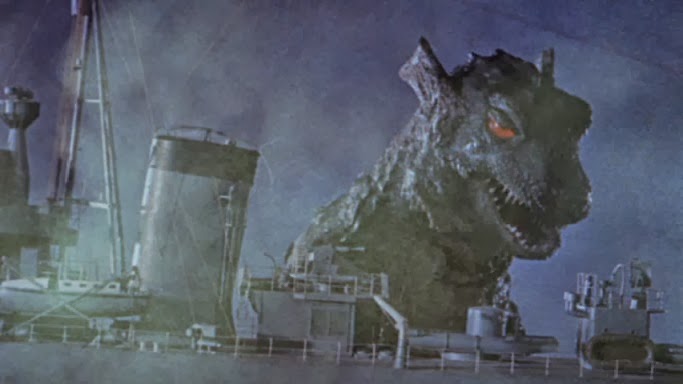
 RSS Feed
RSS Feed